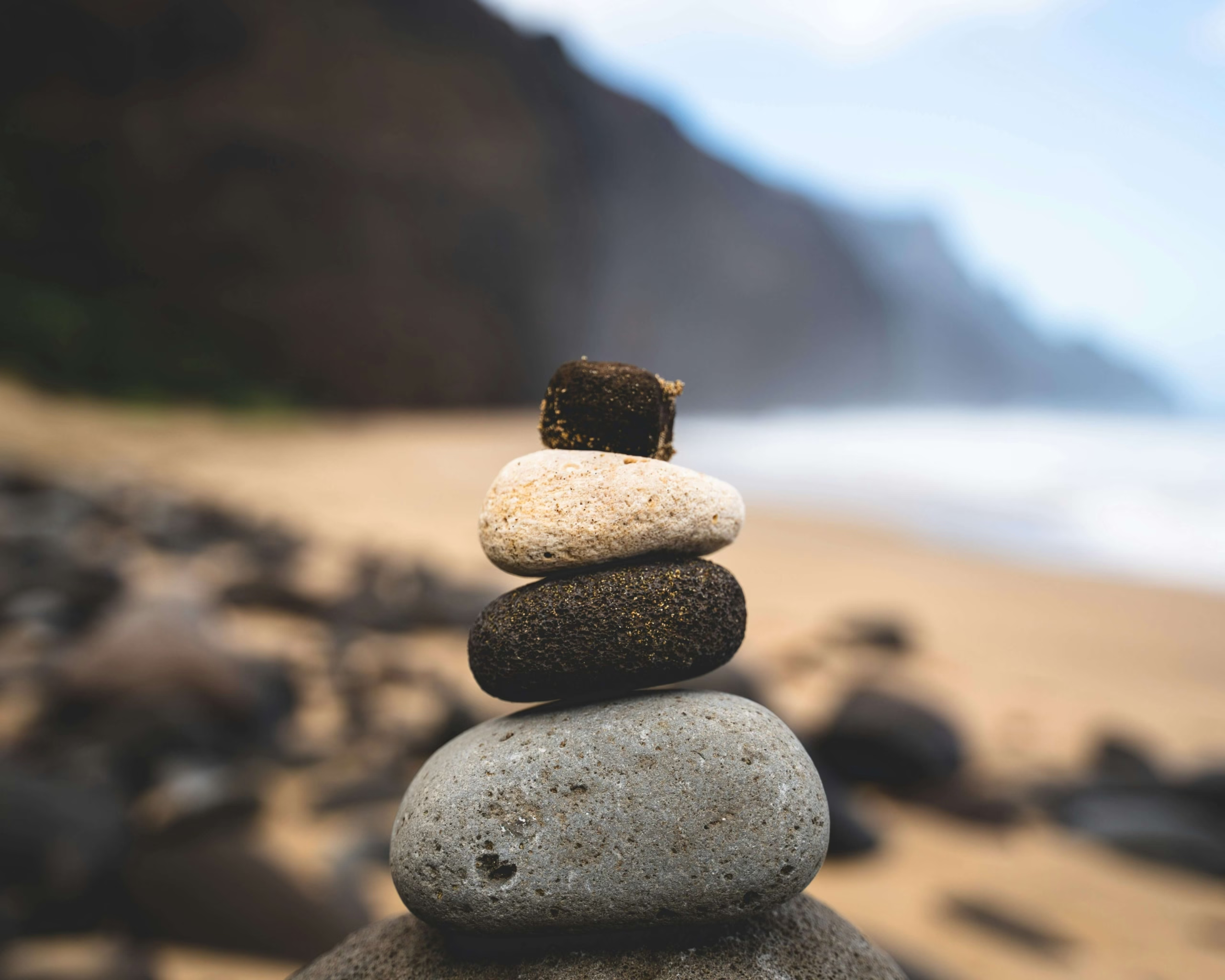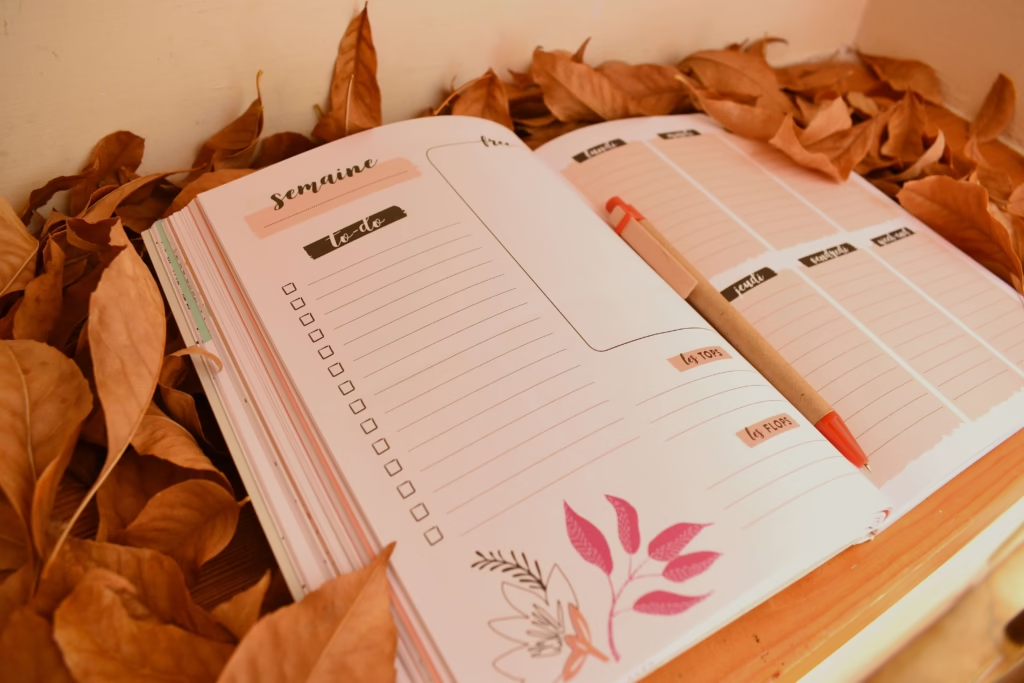In the constant hum of modern life, our minds are often the busiest of places—a relentless stream of thoughts, worries, and to-do lists. The idea of finding stillness in this chaos can feel impossible, and the practice of meditation is often misunderstood as a difficult, esoteric art form reserved for a select few. But what if meditation is not about stopping thoughts, but about a simple, powerful practice of focusing your attention? It’s a mental workout for your focus muscle, a tool anyone can use to find inner peace, reduce stress, and reclaim their well-being.
This detailed guide will demystify what meditation is and, most importantly, how to do it properly. We’ll explore various types of meditation, provide actionable tips to integrate it into your daily life, and show how this practice aligns with and strengthens your other well-being habits.
Relevant blog to read: Postpartum Meditation: Calm Your Mind, Heal Your Body
What Is Meditation?
At its core, meditation is a mental and physical practice of training your attention and awareness. It’s not about emptying your mind; it’s about observing your thoughts, feelings, and sensations without judgment.
- It’s Not about Stopping Thoughts: Your mind will wander. That’s what it does. The practice of meditation is simply noticing when your mind has wandered and gently bringing your focus back.
- It’s a Practice, Not Perfection: There is no “good” or “bad” meditation session. Every moment you sit and gently redirect your focus is a success, regardless of how busy your mind feels.
- It’s for Everyone: You don’t need to be spiritual, sit in a specific posture, or have a quiet room. You can meditate anywhere, anytime.
Meditation is simply a tool for cultivating a greater sense of calm and presence in your daily life.
Relevant blog to read: Meditation for Stress Relief: 5 Techniques to Quiet the Mind
How to Meditate Properly (The Basics)
If you’re new to meditation, start with this simple, foundational practice. It can be done in as little as three to five minutes.
- Find a Quiet Space: Find a place where you won’t be interrupted. A quiet room, a corner of your home, or even a peaceful spot outdoors.
- Choose a Comfortable Posture: Sit in a position that allows your spine to be straight, but that is comfortable for you. You can sit on a cushion on the floor, in a chair with your feet flat on the ground, or even lie down.
- Set a Timer: Set a timer for a short duration—even one minute is a great start. This allows you to let go of the worry about how long you need to sit.
- Pick an Anchor: Your breath is the best anchor for beginners. Close your eyes and focus on the sensation of your breath coming in and out of your body. Notice the rise and fall of your chest or the air entering and leaving your nostrils.
- Acknowledge Wandering Thoughts: Your mind will wander. This is the most crucial part of the practice. When it does, don’t get frustrated or angry. Just notice it. Mentally say, “thinking,” and gently bring your attention back to your breath.
- Gently Redirect: The act of gently redirecting your focus back to your breath is the entire workout. It’s the “bicep curl” for your attention muscle. The more you do it, the stronger your focus becomes.
- Conclude with Compassion: When the timer goes off, take a moment to thank yourself for showing up. Acknowledge your efforts, and carry this sense of calm with you into your day.
Types of Meditation
Once you have mastered the foundational practice, you can explore different types of meditation to suit your specific needs.
1. For Focus and Presence: Mindfulness Meditation
- What it is: The most widely practiced form of meditation, mindfulness involves focusing your attention on the present moment, observing thoughts, feelings, and sensations as they arise without judgment. Your breath serves as your primary anchor.
- How to do it: Sit or lie comfortably. Close your eyes. Gently bring your attention to your breath. When your mind wanders, simply notice it and gently guide your focus back to your breath.
- Who it’s for: Anyone looking to reduce stress, improve concentration, and build a greater sense of presence. It’s an ideal starting point.
2. For Emotional Healing: Loving-Kindness Meditation (Metta)
- What it is: A practice of intentionally cultivating feelings of kindness, compassion, and love for yourself and others. It’s a powerful antidote to anger and resentment.
- How to do it: You silently repeat a series of phrases, such as, “May I be happy. May I be peaceful. May I be healthy.” You then extend these wishes to a loved one, a neutral person, and even to someone you have a conflict with.
- Who it’s for: Anyone looking to heal emotional wounds, reduce anger, or cultivate empathy.
3. For Stress and Body Awareness: Body Scan Meditation
- What it is: A practice that involves bringing your attention to each part of your body, from your toes to the top of your head, noticing sensations without judgment.
- How to do it: Lie down or sit comfortably. Starting with your toes, bring your full awareness to each body part, slowly moving up your body, noticing any feelings of tension, warmth, or tingling.
- Who it’s for: Anyone struggling with physical stress, anxiety, or insomnia. It’s an excellent way to fall asleep.
4. For Focus and Discipline: Focused Meditation
- What it is: This type of meditation involves intensely focusing on a single object or sensation. This could be your breath, a candle flame, a mantra, or a sound. The goal is to strengthen your concentration and attention span.
- How to do it: Pick your object of focus. When your mind wanders, firmly but gently bring your attention back to that one thing.
- Who it’s for: Individuals looking to improve their discipline, concentration, and mental clarity for work or study.
5. For Spiritual Connection: Transcendental Meditation (TM)
- What it is: A specific form of mantra-based meditation where you repeat a specific sound or word (a mantra) to transcend the surface level of thought and achieve a state of deep rest and relaxation.
- How to do it: Typically learned through a certified instructor, TM is practiced for 20 minutes twice a day, sitting comfortably with your eyes closed.
- Who it’s for: Individuals seeking a specific, structured practice for deep relaxation and a sense of spiritual connection.
6. For Creative Flow: Visualization Meditation
- What it is: A practice that involves forming mental images of a desired outcome, feeling, or scenario. You use your imagination to create a positive reality.
- How to do it: Sit comfortably. Close your eyes and vividly imagine a peaceful place, a successful outcome, or yourself embodying a positive trait (e.g., confidence, calm). Engage all your senses in the scene.
- Who it’s for: Individuals looking to reduce anxiety, set goals, improve focus, and boost their creativity.
7. For Self-Compassion: Self-Compassion Meditation
- What it is: A practice of intentionally directing kindness and understanding towards yourself, especially in moments of struggle or perceived failure.
- How to do it: Place your hand on your heart. Acknowledge your pain without judgment and repeat phrases like, “This is a moment of suffering. May I be kind to myself in this moment.”
- Who it’s for: Anyone struggling with a harsh inner critic, low self-esteem, or self-blame.
Relevant blog to read: The Science of Meditation: How It Changes Your Brain (and Life)
Making It a Habit: Tips for Your Daily Practice
Consistency is the key to reaping the rewards of meditation.
- Start Small: Don’t aim for 30 minutes a day. Start with just 1-2 minutes and build from there. The goal is to build a consistent habit, not to perfect the practice overnight.
- Anchor to an Existing Routine: Attach your new meditation habit to something you already do every day. For example, “Every time I have my morning coffee, I will meditate for two minutes.”
- Use a Guided App: Apps like Calm, Headspace, or Insight Timer offer guided meditations that can make the practice much more accessible and less intimidating for beginners.
- Find Your “Why”: Remind yourself why you want to meditate. Do you want to be less stressed? More present? Have a clearer mind? Finding your purpose will make the habit stick.
- Practice Self-Compassion: Some days will be easy, and some days will be hard. If you miss a day, don’t get frustrated. Acknowledge it without judgment and simply begin again the next day.
The Holistic Approach: How Meditation Aligns with Other Well-being Practices
Meditation is not a standalone practice; it’s a powerful tool that enhances your entire well-being ecosystem.
- Journaling: Meditation can give you the mental clarity and self-awareness to write more authentically and gain deeper insights in your journaling practice.
- Self-Love: It fosters self-compassion by helping you to observe your flaws and insecurities without judgment.
- Physical Health: Meditation reduces stress, which improves sleep quality, boosts immunity, and allows you to be more present in your physical activity.
- Affirmations: A calm, centered mind is more receptive to positive affirmations.
- Boundaries: The self-awareness and emotional regulation you gain from meditation empower you to be more assertive and set clearer boundaries.
Relevant blog to read: Meditation for ADHD: 9 tips and techniques
Final Thoughts: The Journey to Inner Stillness
Meditation is one of the most powerful gifts you can give yourself. It’s a journey inward, a practice of learning to be present in the chaos of life. By starting small, being consistent, and treating yourself with compassion, you can unlock a deeper sense of peace, clarity, and resilience that will serve as an anchor in a world of constant change.
Frequently Asked Questions
A. No. The most important thing is to be comfortable. Sit in a chair, on a cushion, or even lie down. The goal is to be in a position where you can stay alert and still.
A. No, that’s a common myth. The goal is not to stop thoughts, but to observe them without judgment. Think of them as clouds passing in the sky.
A. Start with just 1-2 minutes. The goal is consistency, not duration. As you get more comfortable, you can gradually increase the time.
A. Yes, immensely. It trains your mind to be less reactive to anxious thoughts and calms your nervous system.
A. That’s okay. When your mind wanders, you just notice it and gently bring your focus back to your anchor (your breath). This act of bringing your focus back is the entire practice.
A. It gives you the mental clarity to be more intentional in your other habits. It improves your self-awareness, making practices like journaling and gratitude more effective.
Author’s note
Thank you for taking the time to focus on your well-being and for being your own cheerleader in this journey called life. I truly appreciate you for choosing to invest in yourself today, and I’m honored that you spent a part of your day here. Remember, every small step you take matters, and you’re doing an amazing job. Keep going—you’ve got this!






2 Comments